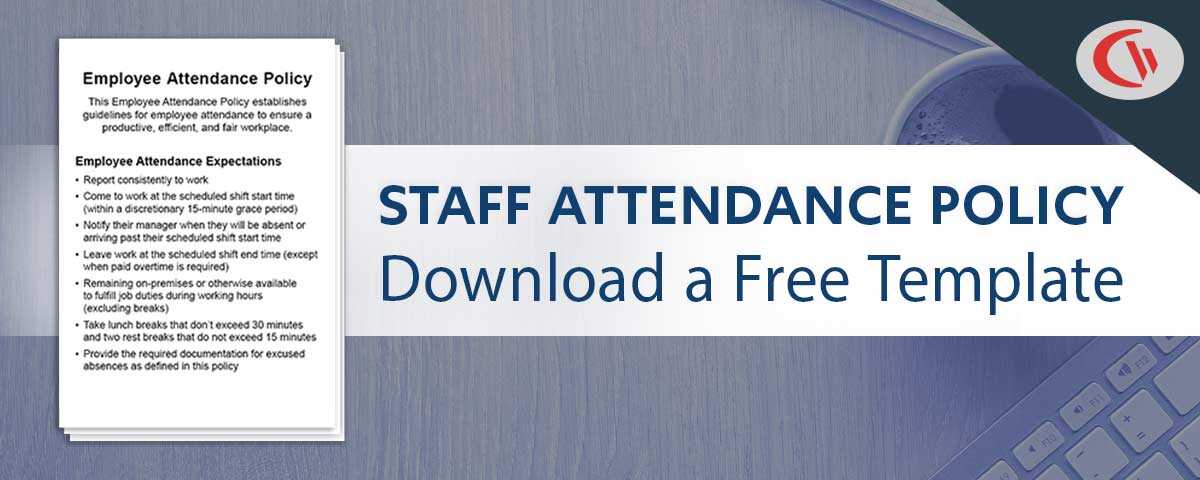Employee Productivity Is an Employer’s Responsibility

A lack of productivity is something anyone who has worked a full-time job can understand. Staying 100% focused 100% of the time is just not possible. However, an employer’s workforce still needs to be productive.
So how can a workforce be consistently productive without being expected to work like a robot? Ultimately, it is the responsibility of the employer to put systems and incentives in place to increase productivity.
Here are a few ways employers and managers can create a more productive workforce.
Stay on Top of HR Trends
A massive contributor to employee productivity is overall job satisfaction. If employees are constantly thinking about what they’re going to do after work, productivity becomes an issue. One way to combat this is to stay up to date with the latest HR trends. Perhaps the most apparent trend during the pandemic is the switch to remote work.
Remote work has its challenges, but it has been proven to increase productivity. Many companies have made the switch to remote work or at least given employees the opportunity. This has given workers more flexibility during their day in the comfort and convenience of their homes.
In a study done by Owl Labs, 77% of remote employees reported that they think they are more productive when working from home. As of 2022, 16% of companies in the world are 100% remote. This trend only appears to be increasing, as more companies are experimenting with managing a remote workforce. Remote work can provide greater employee satisfaction and productivity as well as reduce overhead costs for companies.
Some other HR trends include employees valuing feedback and feeling that their voice is heard. Not everyone’s ideas can be implemented, but as an employer, creating an environment that encourages feedback and new ideas will not only increase employee satisfaction, but can also help grow the company through innovative new ideas.
More focus is being placed on skill development to create a more skilled and knowledgeable workforce. Companies are also offering resources to help with mental and physical health through things like counseling services and gym memberships.
Help Employees Reach Their Goals
Employees that feel like they are reaching their goals are more likely to be productive. This must include both personal and professional goals because they need to feel like they are making a difference in both areas of their lives.
Helping employees reach their personal and professional goals will help them take their job more seriously because they have a greater incentive than purely a salary or hourly wage. For example, professionally, some people may want to get a certain position in the organization.
Be sure to encourage conversation around career management and help employees make a plan on how they can get there. An employer or manager usually can’t promise any promotions, but they can help employees put themselves in the best position for the future.
When it comes to personal goals, some may have financial goals of becoming debt-free or moving into their first home.
Similarly to promotions, employers can’t promise raises, but they can show employees support in other ways such as guiding them on what it takes to get a raise and grow in their careers.
Outside of work they can provide resources to help them address priorities in their personal lives, such as giving them the tools to answer questions like “how much house can I afford?”. Finances and salaries can often be a big source of stress, so being communicative with employees and helping them reach their goals is a significant source of motivation.
Be Aware of Personal Life Struggles that Exist
As an employer, it’s easy to get laser-focused on the bottom line, the next sale, or the next deliverable. While important, it is also important to be aware of the complexity of the workforce.
Employees don’t just come to work with thoughts about the company’s bottom line and how to improve it, they often have unique struggles outside of work that could potentially cause productivity problems.
Employers that are more aware and empathetic in this regard stand a better chance at creating a better employer/employee relationship. One example of this is workers with young kids. With remote work, kids might be home and occasionally cause distractions, or if they’re at school, parents may need to leave to pick them up during normal work hours.
An employer that gets impatient with these types of situations creates a bad work environment that ultimately leads to a lack of productivity. If employees know that their employers are understanding of life outside of work they will feel more comfortable on the job. Offering flexibility around issues like this will help employees feel more comfortable about balancing their work and personal life.
Conclusion & More Resources
In the end, it is the employer’s responsibility to discover and address issues of productivity. The best way to stay on top of these issues is to stay in communication with employees and managers. Hear their concerns and always address them.
Without micromanaging, ask questions and be open to new ideas which will help prevent problems from going unattended and create a more productive workforce.




